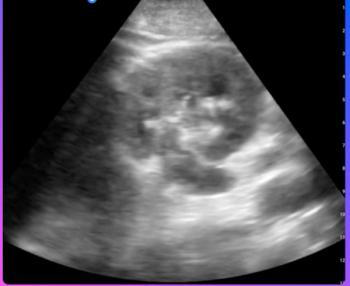Digital Tomosynthesis Platform Garners Expanded FDA Clearance
The Nanox.ARC X-ray system, which offers 3D tomosynthesis capabilities, can now be utilized for pulmonary, intra-abdominal and paranasal imaging.
The Food and Drug Administration (FDA) has granted expanded 510(k) clearance for the digital X-ray system Nanox.ARC, which reportedly offers enhanced three-dimensional (3D) tomographic imaging.
Previously cleared by the FDA for musculoskeletal imaging, the
Employing advanced tomosynthesis technology with a cold cathode, Nanox said the Nanox.ARC system reduces the structure superimposition commonly seen with conventional X-rays and provides three-dimensional visualization with multiple layers of images for assessment.
“Musculoskeletal, thoracic and abdominal imaging all have use cases that may be best served by digital tomosynthesis compared to CT or radiography,” said Greg Kicska M.D., Ph.D, an assistant professor in the Department of Radiology at Harborview Medical Center and member of the Nanox Advisory Board. “The Nanox system is also unique in that it doesn’t have as large a footprint as traditional X-ray machines, doesn’t require as much power and utilizes a matrix pattern that blurs out structural noise, making images more clean.”
Newsletter
Stay at the forefront of radiology with the Diagnostic Imaging newsletter, delivering the latest news, clinical insights, and imaging advancements for today’s radiologists.





























